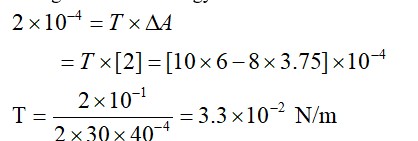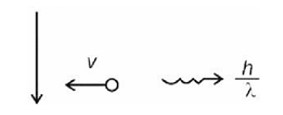What is the difference between atomic absorption and emission spectra?
What is the difference between atomic absorption and emission spectra?
-
1 Answer
-
When white light passes through a cool gas, atoms absorb specific wavelengths. This produces a continuous background with dark lines at those absorbed wavelengths. This is atomic absorption spectra. But when atoms are excited, they release photons at specific wavelengths, producing a dark background with bright lines. That is emission spectra.
Similar Questions for you
Every element has a unique set of spectral lines as its electrons occupy specific energy levels. What scientists know for certain is that these unique patterns act like fingerprints. It helps in identifying elements in stars, flames, or unknown samples. For instance, Helium was discovered in the Sun's spectrum before it was found on Earth.
We see a discrete emission spectrum when electrons inside excited atoms or ions in gases fall back from higher energy levels to lower ones. Every transition releases a photon of a specific wavelength. Usually the spectrum appears as sharp, bright lines. Dark gaps separate them. These lines are unique to each element.
On the other hand, a continuous emission spectrum is produced when hot solids, liquids, or dense gases emit radiation. This happens because of the collective motion of their atoms and electrons. We don't see sharp lines. Instead the spectrum shows a smooth and unbroken spread of all wavelengths.
Kindly go through the solution
Change in surface energy = work done
Taking an Exam? Selecting a College?
Get authentic answers from experts, students and alumni that you won't find anywhere else
Sign Up on ShikshaOn Shiksha, get access to
- 65k Colleges
- 1.2k Exams
- 679k Reviews
- 1800k Answers



